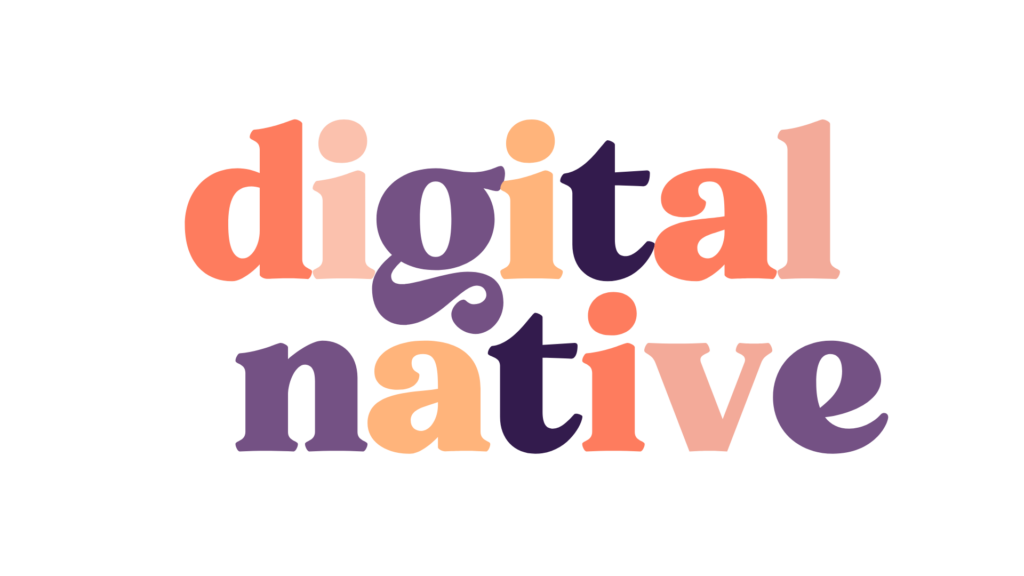

In our last article, we talked about viral marketing‘s effectiveness and potential in scaling a brand’s reach along with the rise of different trends. But not all brands get lucky with this one-and-done shortcut to increased brand awareness. Another way for businesses to bridge the gap between their brand and their target market is by applying search engine optimization in their digital marketing efforts.

Search engine optimization, or SEO, is a method that “aims to draw the greatest amount of traffic possible to a website by bringing it to the top of a search engine’s results.” (Frankenfield, 2020). This type of digital marketing essentially focuses on optimizing a brand’s visibility and credibility online. Making the most of this strategy can help your business stand out, while ignoring it can leave you obscured in some dark corner of page 3 of search engine results.

1. It’s All About Keywords
Keywords are words or phrases typed into search bars to help people find what they’re looking for. They serve as the building blocks in creating a route between you and your audience. With the myriad keywords and websites competing to stand out, finding the right ones are crucial for your business’s success.
There are two types of keywords: short tail and long tail. Short tail keywords are your broad, one two three word phrases like “SEO tips”. These words are most likely the first things that people think of. They bring in more volume and therefore come with a higher cost and competition. Long tail keywords, on the other hand, are more specific and descriptive like “How to use SEO for my website”. They allow for a more targeted audience and improve your website’s chances of ranking up in the search results.
The graph below may show that going all-in on long tail keywords is the answer, but the trick is balancing the benefits of both types of keywords that fit your business. You want your keywords to be general enough to bring in volume and specific enough to rank up in search results.

2. Make Use of SEO Tools
Now, if you can’t quite figure out which keywords to use, SEO tools are here to help. In choosing what keywords to use, SEO tools allow you to make decisions backed by data. One way to use them to your advantage is by checking what your competition does. These tools can help your brand incorporate what works and discard what doesn’t. See some examples of SEO tools below:
Google Trends — this tool by Google allows you to analyze the interest on different search terms and topics over time.

Ubersuggest — this tool provides analysis on keywords and your competition, and can evaluate any website. These analyses are based on different statistics that come with descriptions and graphs to illustrate them.

Similarweb — this tool provides comprehensive analysis on any website, and just like Ubersuggest, presents the data in graphs to help you understand it better.

These tools, along with many others, exist to help digital marketers know the value of different keywords and evaluate their competition.
3. Craft Quality Content
After taking care of your website’s visibility using the your chosen keywords and SEO tools, the next step is in crafting quality content to improve your website’s credibility.
In creating content, you want to support your keywords with proof terms and relevant terms. To check if a website knows what it is talking about, search engines will look for proof terms. These terms serve as confirmation to search engines to validate a website’s expertise. On the other hand, relevant terms help a website appear in a search engine’s related searches. Effective content should also avoid hard sells. Avoid using the same keywords your website is trying to target on the title webpage. Your meta description under the webpage title should also be compelling enough to grab people’s attention as they scan through search results.
Another thing to keep in mind in building your content is its shareability. You want to have valuable, unique, and share-able content that other websites can link in order to help your website be discovered and to improve your search results rank.

We’re all aware of Google, Yahoo!, and Bing as global search engines. These search engines generate millions from what websites pay for search ads. In 2009 a new engine came along when a German company ingeniously developed a way to use the power of search ads to help plant more trees. Ecosia uses the income they make from search ads to support global tree-planting initiatives. Ecosia makes every search count.


Among the endless number of websites fighting for attention, SEO has the ability to bring you closer to your audience. The most important thing to remember from this is to focus on the keywords. Think of those little words or phrases that are most associated with your business and that your audience tends to look for, and maximize the way you use them.
Besides using SEO tools to find the most relevant keywords, try approaching it from a personal level. By simply paying attention to the words and phrases you use when you search for things, you can think like your audience and understand the way they think. Doing all this will allow you to cater to their needs in the most optimized way possible.

Pingback: Digital Marketing Types as the Avengers - The Digital Native Project
Pingback: Digital marketing: A New Form of Art - The Digital Native Project
Pingback: A Fan's Perspective on the digital NBA - The Digital Native Project